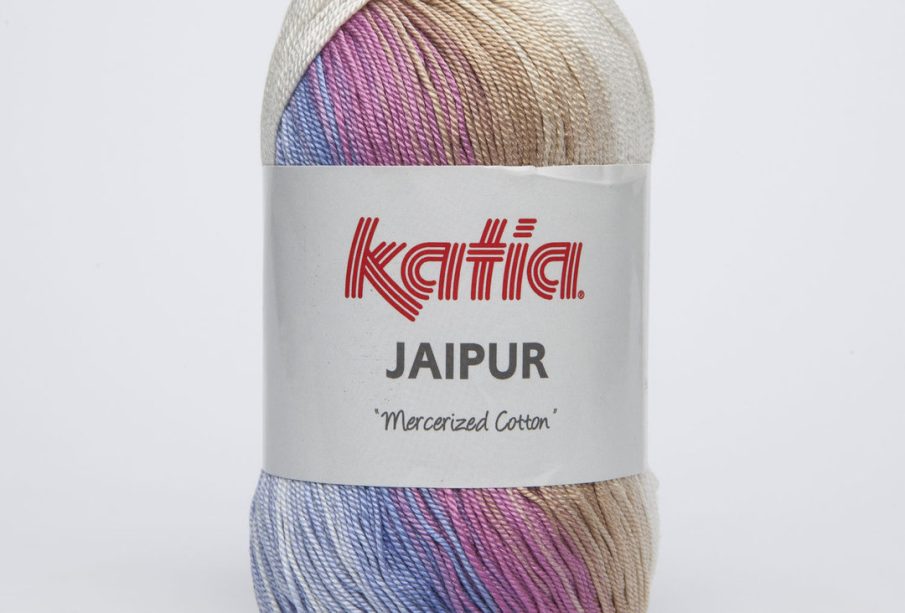Discovering Jaipur: The Pink City of India

Introduction
Jaipur, the capital of the Indian state of Rajasthan, is a city that resonates with rich history, vibrant culture, and architectural magnificence. Known as the ‘Pink City’ due to the distinct color of its buildings, Jaipur is not only a tourism hotspot but also a vital part of India’s cultural heritage. In 2023, it continues to draw visitors from across the globe, impacting the economy and preserving its unique traditions.
Historical Significance
Founded in 1727 by Maharaja Sawai Jai Singh II, Jaipur was strategically planned according to ancient Indian principles of architecture known as Vastu Shastra. The city is famous for its forts and palaces, such as the Amber Fort, City Palace, and Hawa Mahal, which showcase the grandeur of Rajputana architecture. UNESCO recognizes Jaipur as a World Heritage Site, highlighting its historical importance and the preservation efforts undertaken by various organizations.
Current Events and Developments
In recent months, Jaipur has seen significant developments aimed at promoting tourism and improving infrastructure. The city hosted the Jaipur Literature Festival 2023, attracting authors, thinkers, and art enthusiasts from around the world. This festival not only boosts tourism but also fosters cultural exchange and dialogue.
Additionally, the Rajasthan government’s initiative to enhance smart city features in Jaipur aims to improve urban living conditions, focusing on better sanitation, transport, and connectivity. This further enhances the city’s attractiveness, supporting its pivotal role in Rajasthan’s economy.
Tourism and Culture
Tourism remains a significant aspect of Jaipur’s economy, with millions of visitors exploring its historical sites, local markets, and culinary offerings. Popular tourist activities include visiting local artisan workshops, exploring bustling bazaars like Johari Bazaar and Bapu Bazaar, and savoring traditional Rajasthani cuisine. The city’s rich cultural tapestry is further showcased through dance, music, and festivals celebrated throughout the year.
Conclusion
Jaipur stands as a testament to India’s rich cultural heritage, attracting not just tourists but scholars, artists, and history enthusiasts. With ongoing efforts for urban development and cultural promotion, Jaipur is poised to strengthen its status as a prime destination in India. As the city evolves, it promises to retain its charm while embracing modernity, making it indispensable to India’s identity in the global arena.









